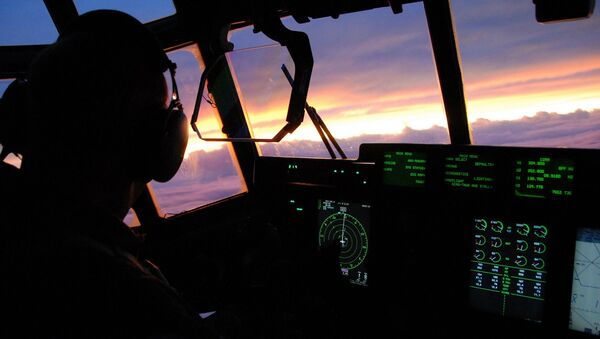High-ranking military officials in the US have recently complained about Russia's recent surveillance technology upgrade.
Adm. Cecil Haney, commander of the US Strategic Command, recently told the Senate Armed Services Committee he was "concerned about any Russian ability to gain intelligence on our critical infrastructure…. We have to be careful as we look through the technology advances using digital media versus film," he added. The Russians "are ahead of us."
US defense expert share this sentiment. "There's really no reason to give [Russia] better access to seeing what we are doing," the Omaha World-Herald quoted strategic policy analyst Michaela Dodge as saying.
All countries use commercially available technology and can switch to digital sensors if they wish. Moreover, sensors have to be approved by all treaty members before they are installed on the planes.
In addition, images a country is allowed to take under the agreement are of lower resolution than the ones offered by commercial vendors. And finally, all of the footage taken during Open Skies flights is available to all signatories.
"Moreover, complaints about the new Russian advantage under Open Skies may be overblown and are certainly misdirected. The Kremlin isn't the culprit in this case; the Pentagon is," Michael Krepon wrote for Defense One.
It would cost approximately $45 million for the US to make a similar upgrade, but it is not so much an issues of money, as one of priority. The US Defense Department issued a request for proposal in 2015 and it has not chosen a contractor yet.


